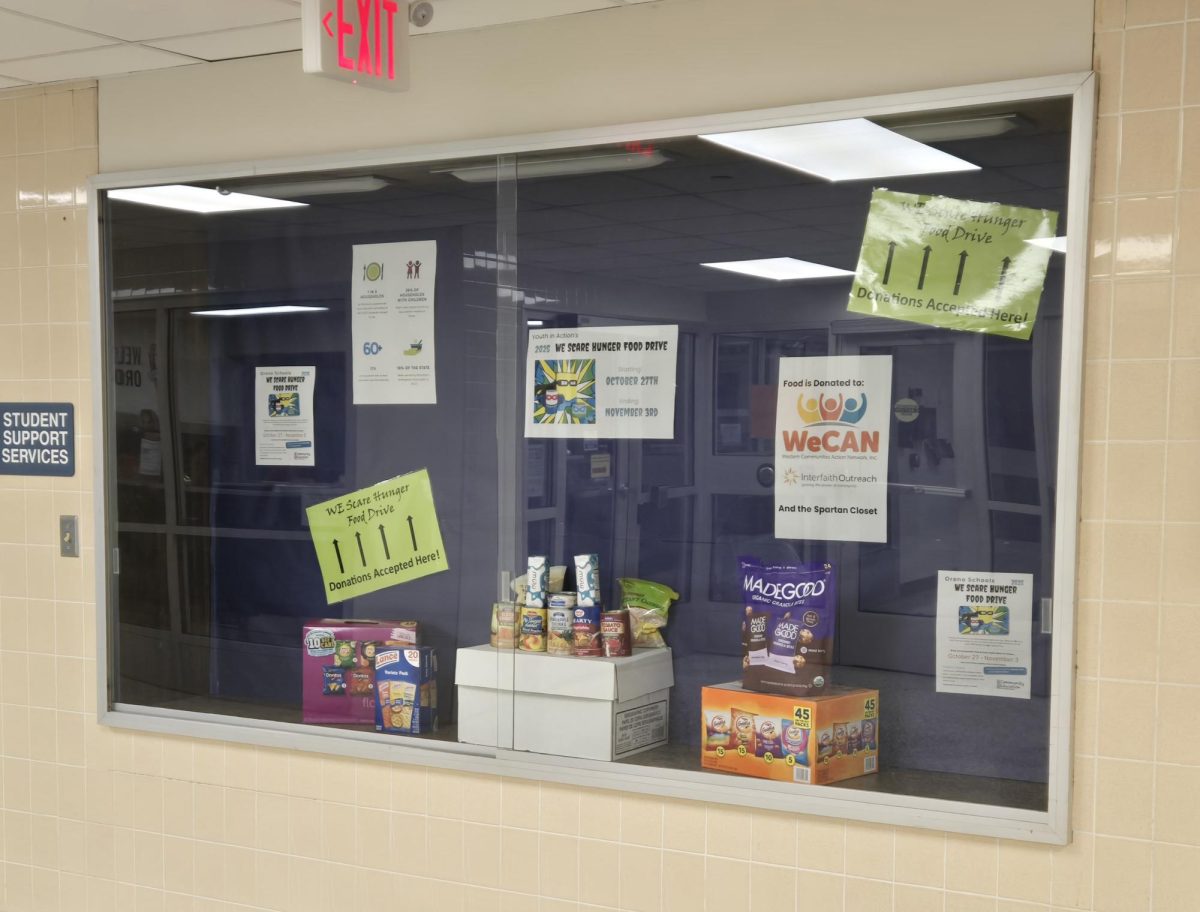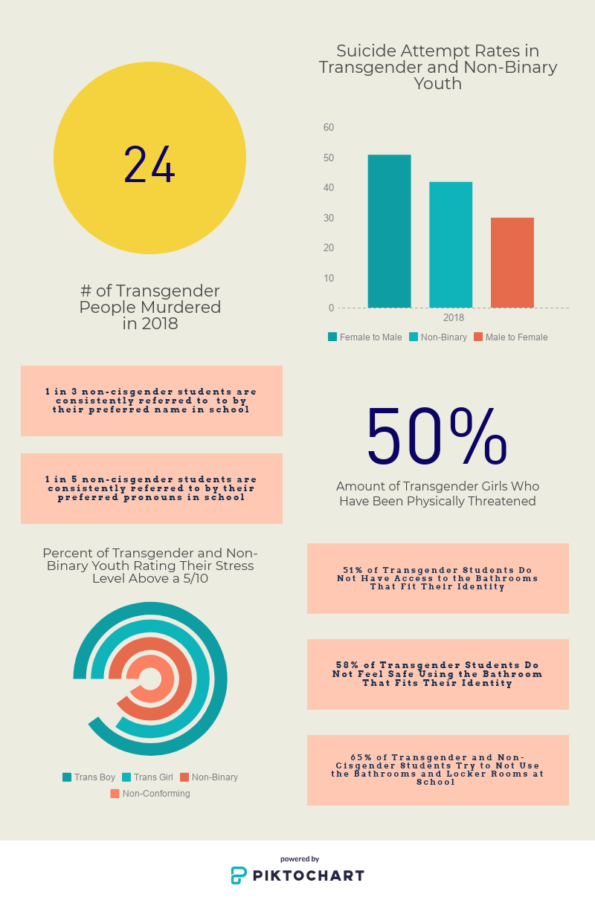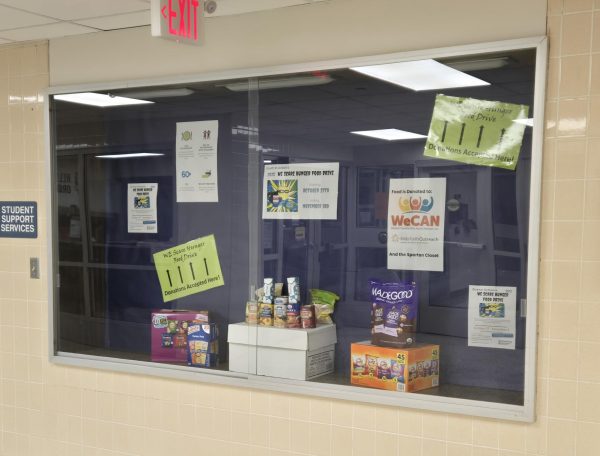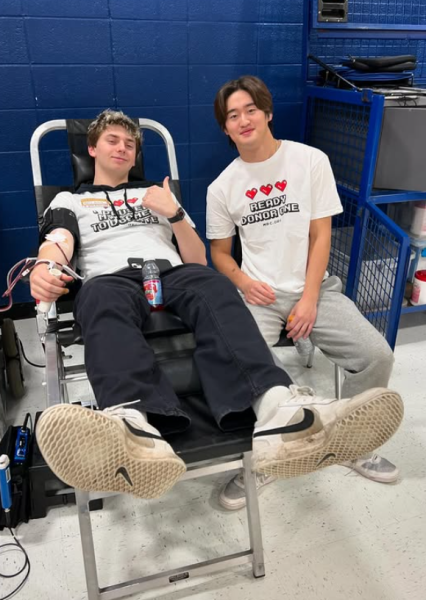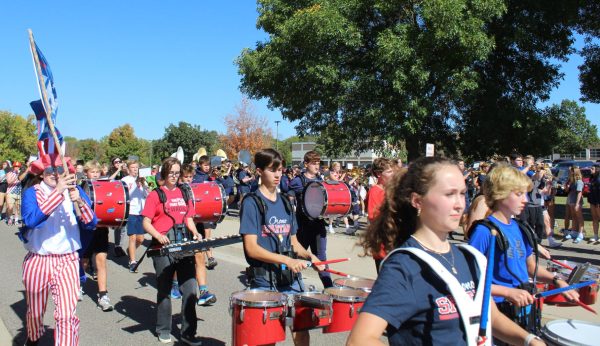Legislation with anti-transgender motivations on the rise
Piktochart Infographic
Kristin Pearson
Visuals Editor
In 2016, there were 44 bills with anti-transgender motivations being moved through state legislatures, according to the Human Rights Campaign Foundation. That was up from 21 in 2015. The United States has seen a massive surge in legislation affecting transgender people recently, both at the national and state level, both positive and negative. Much of this began when a North Carolina bill known as “HB2” brought the discussion surrounding transgender bathroom usage into light.
“The situation with the bathroom bill in North Carolina was disturbing to hear about,” senior Isabel Bergerson said,“that was just one of the mainstream ones, there are so many others.”
Nearly 66 percent of all anti-transgender legislation passed last year surrounded the topic of bathrooms, locker rooms and sports, according to the Human Rights Campaign Foundation. The ACLU summarizes these so-called “bathroom bills” as making bathrooms and locker rooms available only to those whose birth gender matches the gender assignment of the bathroom and prohibiting public spaces from providing neutral bathrooms for transgender students.
“Last year, our president removed the protection the Obama administration set in place for transgender students using the bathrooms,” senior Maxwell Johnson said, “but the Minnesota state government actually sent out a really long, big letter urging schools to continue what Obama wanted.”
Another legislative concern for transgender people is the possibility of an absolute, legal definition of gender. The Trump administration has been working on a project to get gender legally defined as biological and unalterable, according to a memo leaked by the New York Times . Possible products of this include ceasing access to hormone treatments, increased difficulty attaining name changes and irreversibility of gender markers, such as the sex indication on driver’s licenses.
The usage of preferred name and preferred gender has been more prevalent than ever. Suggestions such as these can be found on college applications, job applications and more. This allows the person to choose the name, gender and pronouns that they feel most comfortable identifying with.
“One of the things we have been working towards in the district this year is the use of preferred names and gender in the student information systems versus nicknames,” guidance counselor and Gay-Straight Alliance supervisor Jamie Menne said. “Nickname does not capture the students experience, what they are going through who they are. Being able to use preferred name and preferred gender, what will happen to that? What we will be able to do? Will we still be able to offer that?”
Around half of all female to male transgender persons, approximately 42 percent of people identifying as non-binary and nearly 30 percent of male to female persons have attempted suicide; according to the American Academy of Pediatrics. This is believed to be heavily impacted by legislative actions that negatively impact the transgender community.
“Everytime Trump announces something anti-transgender related, such as the military ban, suicide rates rocket in our community,” Johnson said.
Furthermore, 77 percent of LGBTQ teenagers report feelings of depression, 95 percent report troubles sleeping, and 70 percent say that they experience feelings of hopelessness and worthlessness, according to the Human Rights Campaign Foundation.
“I think that we as a community should be making transgender people feel as welcome and normal as possible,” Bergerson said, “The fact that they don’t is really telling of our society.”

